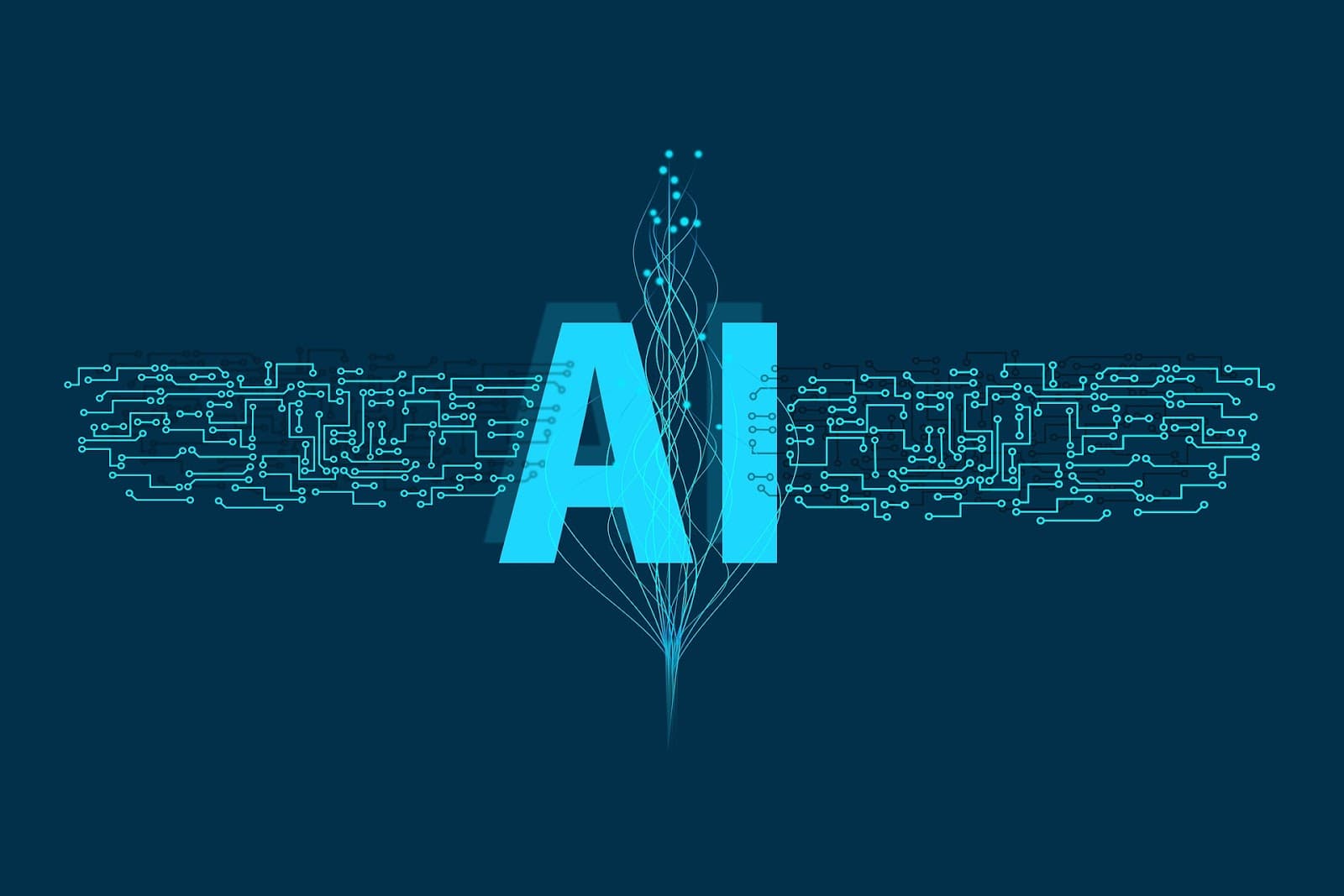
Unleashing the Potential of Horn Clause in AI: Overview
In the field of artificial intelligence, a horn clause refers to a contractual provision where a corporation is granted exclusive rights to utilize a particular product or technology. This provision aims to ensure that both the corporation and the product derive advantages from this arrangement. This article aims to delve into the concept of a programming tool, elucidating its mechanics and implications. Additionally, we will examine the merits and limitations associated with implementing such a clause, enabling you to determine its suitability for your business.
What is it?
In the realm of artificial intelligence (AI), a programming tool holds significance as a legal term utilized in contracts that establish agreements between AI programs and human users.
- These agreements are vital for the effective functioning of AI systems. A programming tool, specifically, refers to a contractual provision that grants either party the authority to terminate the contract if the other party breaches a specific condition. Generally, this condition revolves around fulfilling the promises outlined in the contract;
- The application of horn clauses is frequently observed when businesses adopt AI to automate their customer service interactions. By employing computerized systems to address customer inquiries, companies can reduce staffing expenses and enhance the quality of customer service;
- Moreover, program tools also find their place in contracts between businesses and their employees. For instance, if an employee departs from their job, the corporation may possess the right to terminate the contract without penalty if the employee fails to fulfill their duties as part of an automated system.
A horn clause serves as a contractual provision in the AI industry that enables the termination of an agreement if a specific condition is violated. It is commonly used in contracts governing customer service automation and employment relationships within AI-driven environments.
How does the horn clause operate within the realm of AI?
Artificial intelligence involves creating computer-based systems that emulate human behavior and can enhance their own performance through learning.
- To develop accurate AI models, it is crucial to ensure the accuracy and impartiality of the data employed in these simulations;
- One aspect of AI that demands careful consideration is the application of “Horn Clauses” in contractual agreements;
- These clauses are commonly present in contracts between businesses and individuals, specifying that legal action can be pursued if either party fails to fulfill specific duties or obligations;
- In the context of AI, program tools can significantly impact the accuracy of a machine’s model.
The challenge associated with Horn Clauses revolves around data accuracy. If either party relies on inaccurate data, even if they have met all their obligations, the outcome can be worse than if no programming tool had been employed. This occurs because an erroneous model assumes the correctness of all utilized data, leading to potentially disastrous consequences.
One potential solution to address this issue is for both parties to verify the accuracy of the data before integrating it into an AI simulation. However, this verification process can be time-consuming and costly, making it impractical in certain situations.
Why is the horn clause significant in the context of artificial intelligence?
AI is a rapidly advancing field dedicated to the development of intelligent agents capable of reasoning and decision-making. The primary objectives of AI research involve enhancing human interaction with intelligent systems and devising methods for predicting future events.
One critical aspect of AI is its capacity to comprehend natural language. This capability is crucial for tasks such as recognizing dialogue, understanding questions and commands, and extracting information from text. However, how can an AI system understand human language if it lacks an understanding of grammar?
The program tool, a foundational component of English grammar rules, assumes a vital role in this regard. It stipulates that any phrase commencing with a modal verb (e.g., should, could, might) must include a conjunction (e.g., and, or, nor). This is because these verbs form verbal clauses, which consist of words that collaboratively construct a sentence. Without the conjunction, the sentence remains incomplete and lacks coherence.
This rule applies not only to modals but also extends to other parts of speech such as articles (e.g., a), adjectives (e.g., the), adverbs (e.g., very), and more. Ignoring the horn clause when constructing an AI system can result in complications when utilizing English in programming applications.
Benefits in the field of AI
The program tool offers several benefits in the field of artificial intelligence (AI). AI’s automation capabilities provide significant advantages, including time and cost savings, as well as enhanced quality and efficiency.

Machine learning, a common automation technique in AI, utilizes computer algorithms to learn from data sets and make predictions based on patterns observed in the data. This iterative learning process improves accuracy over time, particularly in comprehending complex patterns.
- One notable benefit of machine learning is its applicability to challenging or subjective tasks. For instance, natural language processing (NLP) systems can automatically interpret the meaning of words in a text by analyzing their contextual usage throughout the document;
- The emergence of horn clauses in AI law is a direct result of the utilization of machine learning. A programming tool serves as a provision in agreements between parties, enabling the execution of AI automation with minimal or no human input. This empowers businesses to harness the advantages of AI while minimizing potential legal liabilities.
Although program tools possess limitations, they constitute a significant aspect of the evolving landscape of AI law. Ignoring their relevance when crafting agreements between business partners can lead to overlooking crucial legal considerations.
How to utilize the horn clause in artificial intelligence?
In the field of artificial intelligence (AI), the horn clause serves as a legal principle embedded in contracts, allowing for the termination of an agreement if specific conditions are not met. The program tool comprises two components: the “Horn” section, which necessitates the provision of notice regarding non-performance, and the “Clause” section, which outlines the expected performance. Its purpose in commercial contracts is to safeguard against clauses that render a contract unenforceable if either party fails to fulfill its obligations.
Some aspects
The use of the horn clause in the context of artificial intelligence (AI) contracts has generated significant attention and debate within the AI community.
- The clause allows for the termination of an agreement without penalties if one party exhibits behavior deemed unacceptable by the other. However, its application has raised concerns regarding fairness, potential abuse, and the impact on partnerships and agreements;
- Critics argue that the program tool can be exploited by powerful AI companies to exert undue influence and control over their counterparts. By threatening to terminate the contract without consequence, these companies could effectively manipulate smaller or dependent entities, stifling innovation and competition in the AI industry. This potential for exploitation raises questions about the ethical implications of utilizing the horn clause in AI contracts;
- Furthermore, opponents of the programming tool argue that it may hinder collaborative efforts and impede the growth of AI technology. The clause’s presence introduces an element of uncertainty and distrust among parties involved in AI partnerships. Companies may be reluctant to engage in collaborative projects if they fear being subjected to arbitrary termination, potentially hindering the development and advancement of AI solutions.
On the other hand, proponents of the horn clause argue that it serves as a necessary safeguard in the rapidly evolving landscape of AI. They assert that the clause provides a mechanism for addressing situations where one party engages in unethical or harmful behavior. It allows companies to protect their interests and terminate agreements if the other party breaches critical ethical or legal guidelines. Advocates argue that the program tool is a means to ensure responsible AI practices and protect against potential risks and liabilities.
To wrap up
To strike a balance between the benefits and potential drawbacks of the horn clause, it is essential to consider the specific context and implementation of such contractual provisions. Careful drafting and negotiation are crucial to address concerns around fairness, transparency, and the potential for abuse. Parties should strive for clear definitions of “unacceptable” behavior and establish procedures for dispute resolution or mediation before resorting to contract termination.
In conclusion, the programming tool in AI contracts remains a contentious and complex topic. While it can serve as a means to address unethical or harmful behavior, its potential for abuse and disruption cannot be ignored. Striking a balance between protecting interests and fostering collaboration is crucial. Ethical guidelines and robust regulatory frameworks can provide a framework for responsible AI practices and help mitigate the potential risks associated with the horn clause. As the AI industry continues to evolve, ongoing discussions and collaboration will be necessary to navigate the complexities of contractual provisions like the programming tool.




